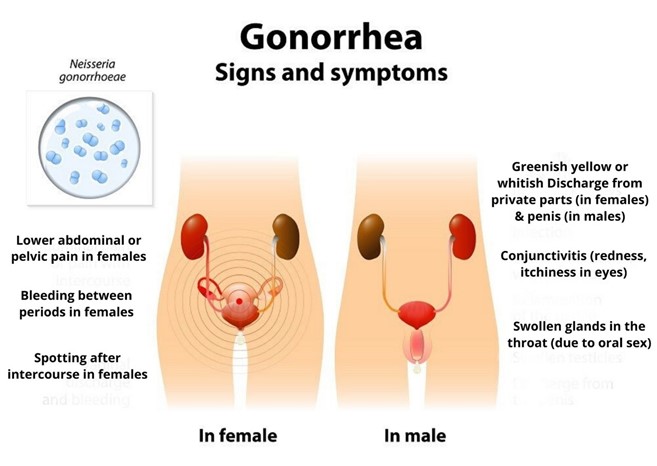A nurse is reviewing levels of prevention with a newly licensed nurse. Which of the following is an example of tertiary prevention?
Educating adults about breast cancer screening guidelines
Teaching about inhaler use to a client who has asthma
Providing STI testing for students on a college campus
Promoting the use of helmets with children who ride bicycles
The Correct Answer is B
The correct answer is choice b. Teaching about inhaler use to a client who has asthma.
Choice A rationale:
Educating adults about breast cancer screening guidelines is an example of secondary prevention. It aims to detect and treat disease early to halt its progress.
Choice B rationale:
Teaching about inhaler use to a client who has asthma is an example of tertiary prevention. It involves managing an existing chronic condition to prevent complications and improve quality of life.
Choice C rationale:
Providing STI testing for students on a college campus is an example of secondary prevention. It focuses on early detection and treatment to prevent the spread of infections.
Choice D rationale:
Promoting the use of helmets with children who ride bicycles is an example of primary prevention. It aims to prevent injury before it occurs by encouraging safe practices.
Nursing Test Bank
Naxlex Comprehensive Predictor Exams
Related Questions
Correct Answer is B
Explanation
The correct answer is choice B, "Gonorrhea." Gonorrhea is a reportable infectious condition that must be reported to the Centers for Disease Control and Prevention (CDC). While genital herpes simplex virus, bacterial vaginosis, and human papillomavirus are also sexually transmitted infections, they are not reportable to the CDC. It is important to report cases of gonorrhea to the CDC for surveillance and control purposes.

Correct Answer is A
Explanation
The worker should be taught to use proper body mechanics, such as keeping the back straight and lifting with the legs, to avoid injury.
Whether you are a student looking to ace your exams or a practicing nurse seeking to enhance your expertise , our nursing education contents will empower you with the confidence and competence to make a difference in the lives of patients and become a respected leader in the healthcare field.
Visit Naxlex, invest in your future and unlock endless possibilities with our unparalleled nursing education contents today
Report Wrong Answer on the Current Question
Do you disagree with the answer? If yes, what is your expected answer? Explain.
Kindly be descriptive with the issue you are facing.
